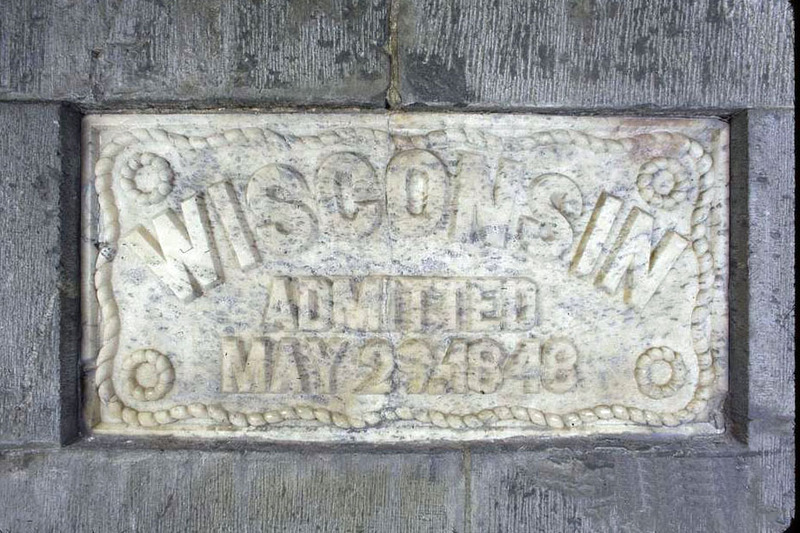EEOICPA Statistics for Claimants Living in Wisconsin
DOL Part B and Part E Statistics
NIOSH Dose Reconstruction Statistics
Wisconsin EEOICPA Facilities
Facility descriptions credit: DOE
Photo Credit: David Mark on Pixabay
A.O. Smith studied methods for protecting beryllium carbide-matrix bodies for the Nuclear Energy for the Propulsion of Aircraft (NEPA) project.
Allis-Chalmers made
vacuum pumps for the Y-12 plant effort. The
company also wound magnetic coils for the "calutrons"
used in the Y-12 plant to produce highly
enriched uranium. In late 1943 General Groves
ordered some partially-used coils be sent back
to Allis-Chalmers for cleaning. This cleaning
effort is how some uranium would have found its
way back to Wisconsin.
Allis-Chalmers was
also involved in the construction of the K-25
Plant. It provided compressors designed to
handle uranium hexafluoride.
Besley was a cutting tool manufacturer. A National Lead Company of Ohio (Fernald) proposal indicates Besley was to machine a trial lot of 500 uranium slugs at its Beloit, WI, plant to evaluate whether the use of the Besley facing and radiusing machine could increase production. An NLO document lists Besley-Wells as the recipient of test quantities of radioactive materials.
General Electric’s
X-Ray Division performed research and
development work which supported its activities
as contractor for the Pinellas Site in Florida.
This work included the operation of a small
pilot plant in Milwaukee. Sandia National
Laboratory managed the GE X-ray division
contract as part of the nuclear weapons program.
The work in Milwaukee continued until 1966 when
these activities were transferred to Pinellas
and the staff relocated accordingly.
During
the period of residual contamination, as
designated by the National Institute for
Occupational Safety and Health and as noted in
the dates above, employees of subsequent owners
and operators of this facility are also covered
under the Energy Employees Occupational Illness
Compensation Program Act.
LeCrosse Boiling Water Reactor
The LaCrosse Boiling Water Reactor (LACBWR), now owned and operated by Dairyland Power Cooperative, was one of a series of demonstration plants funded by the Atomic Energy Commission along with commercial utilities. LBCBWR achieved initial criticality in 1967, began commercial operation in November 1969, and was permanently shut down on April 30, 1987. Final reactor defueling was completed on June 11, 1987; storing a total of 333 irradiated fuel assemblies in the 42-foot deep spent fuel pool.





